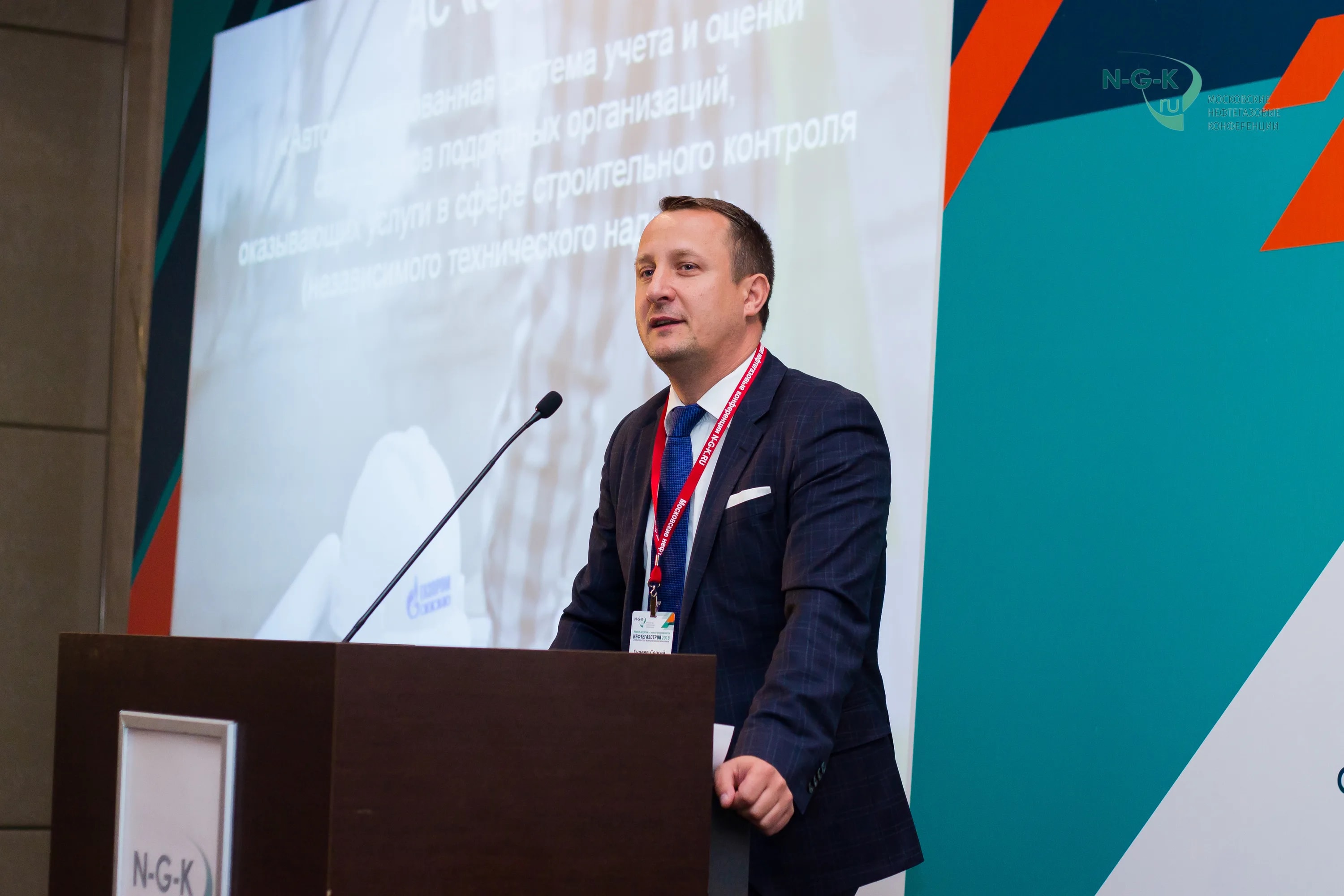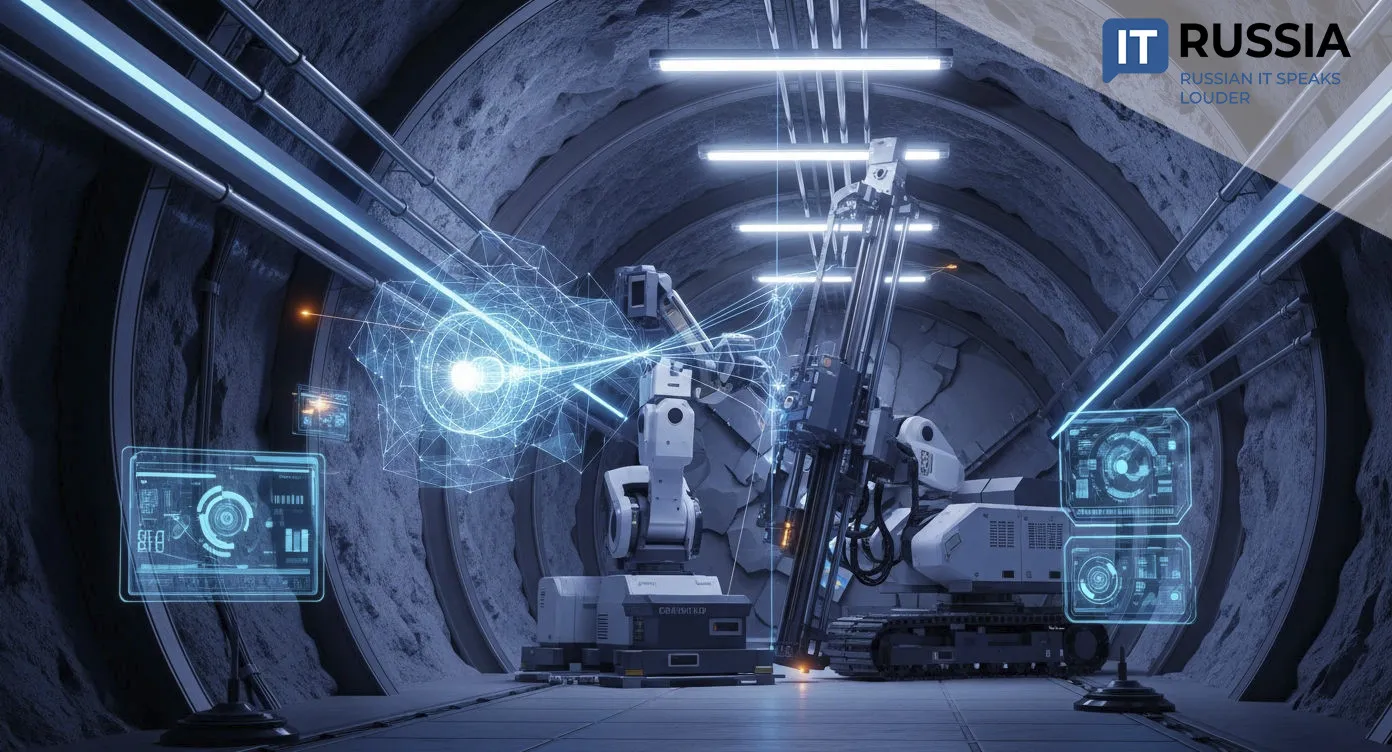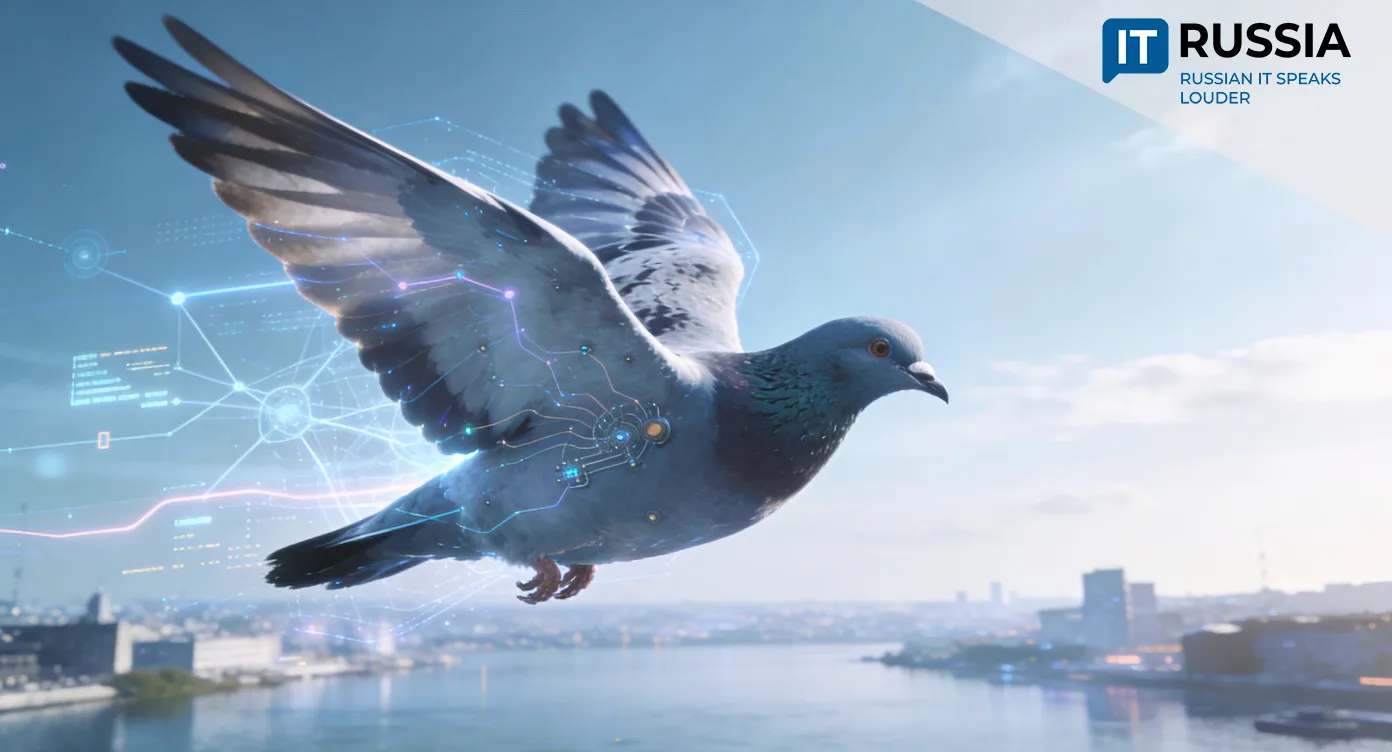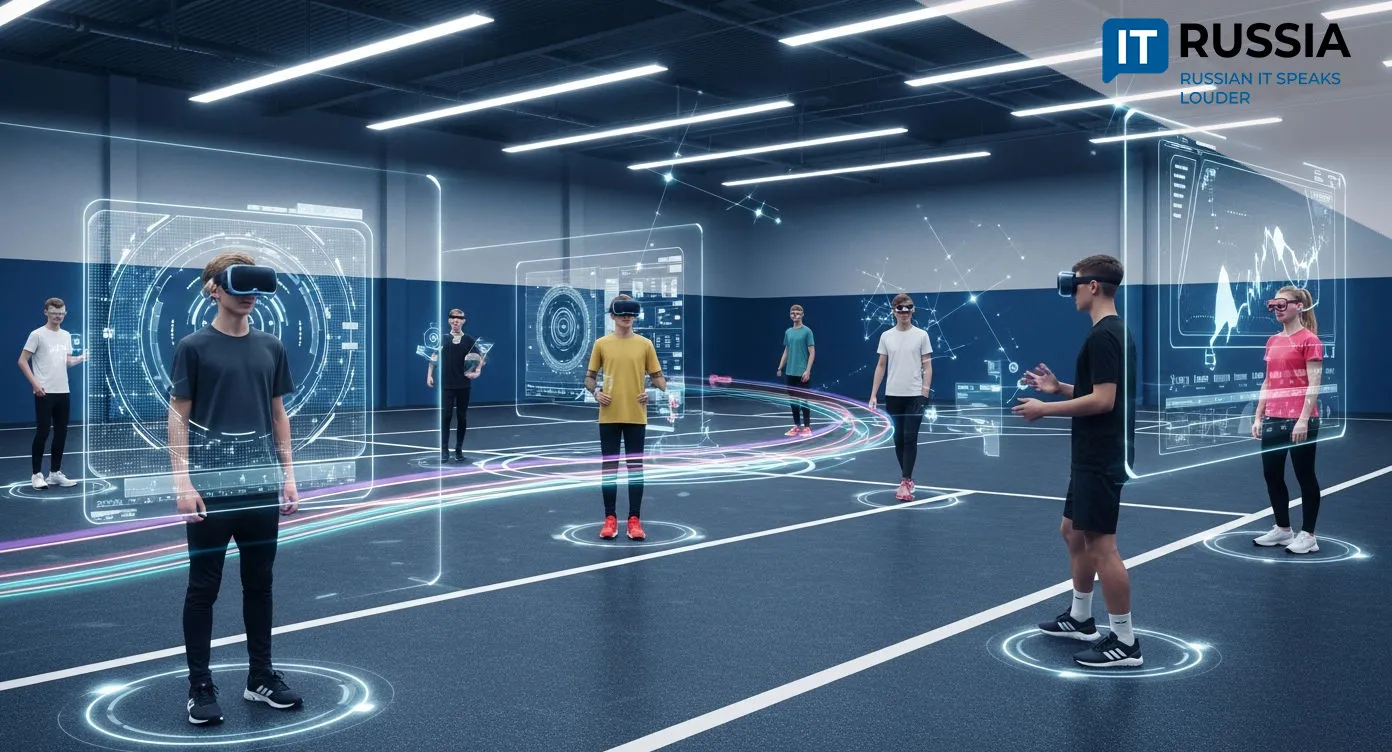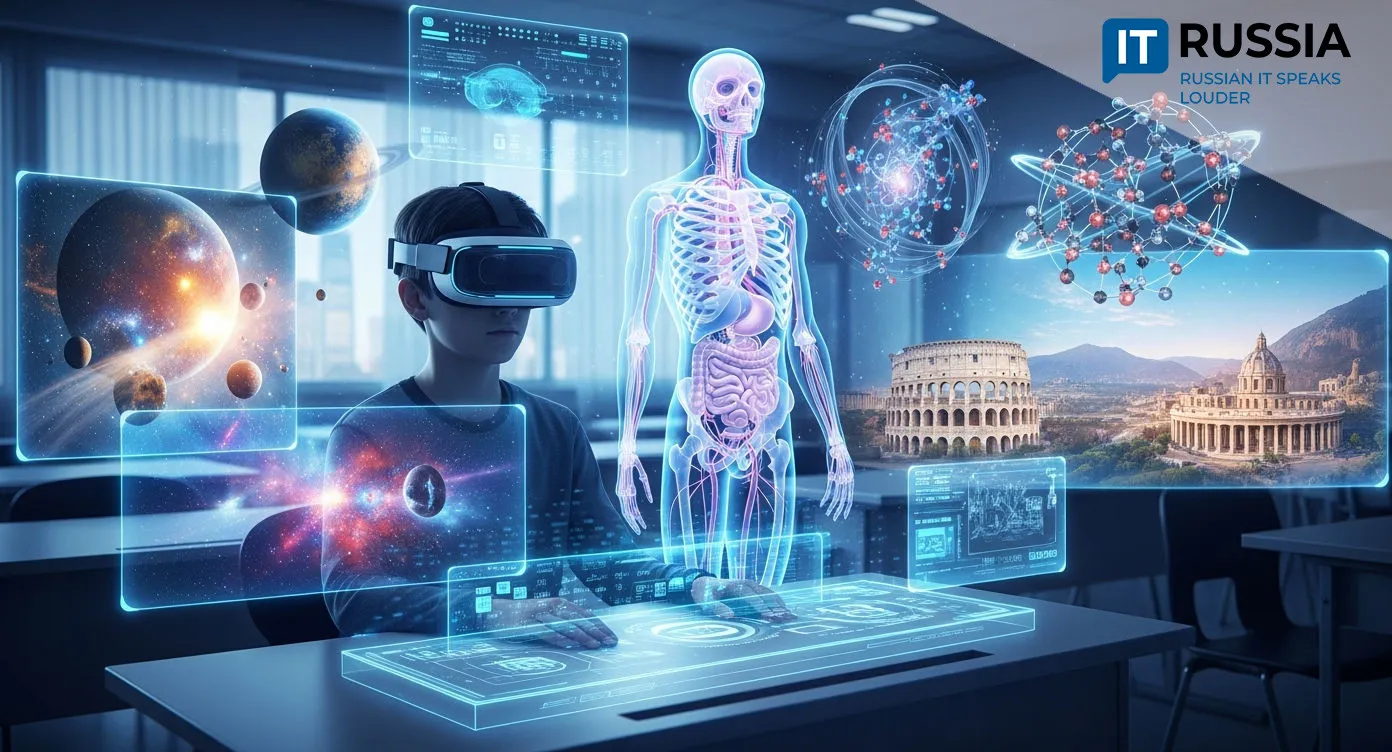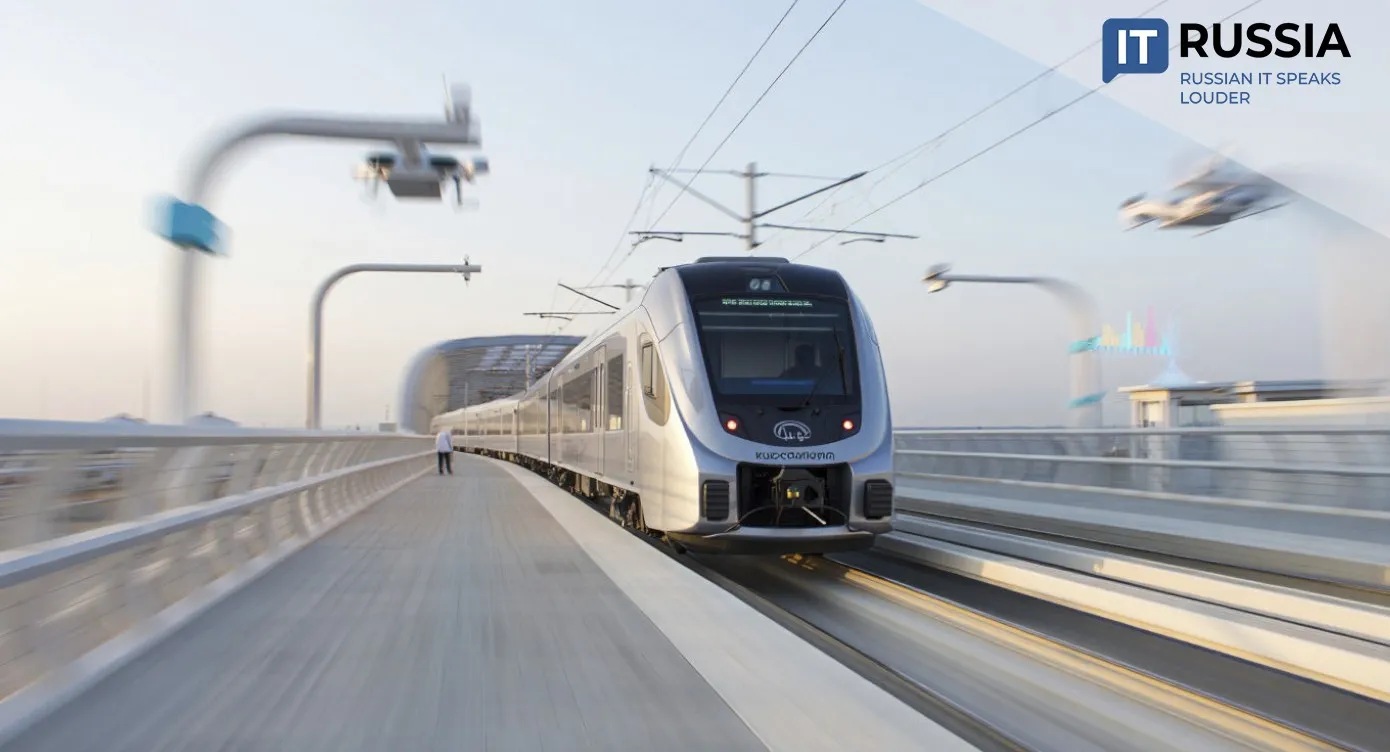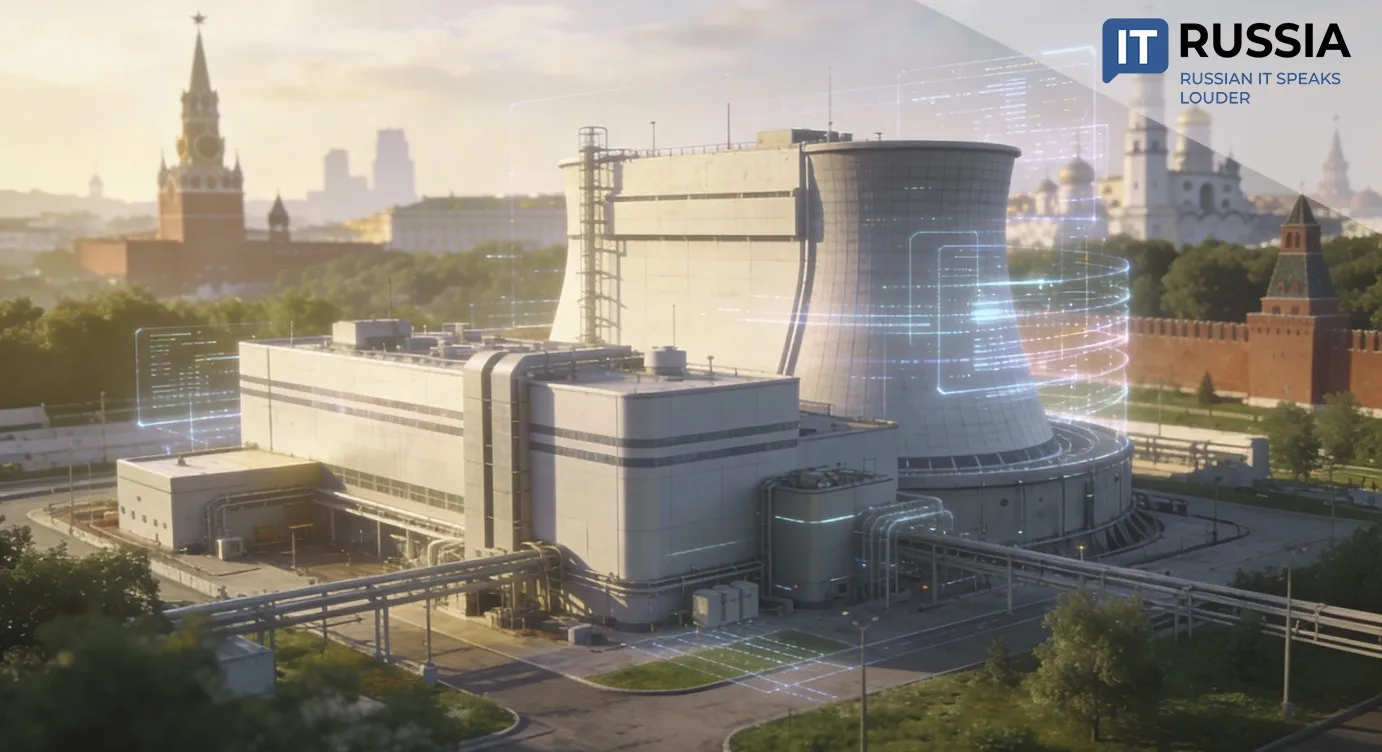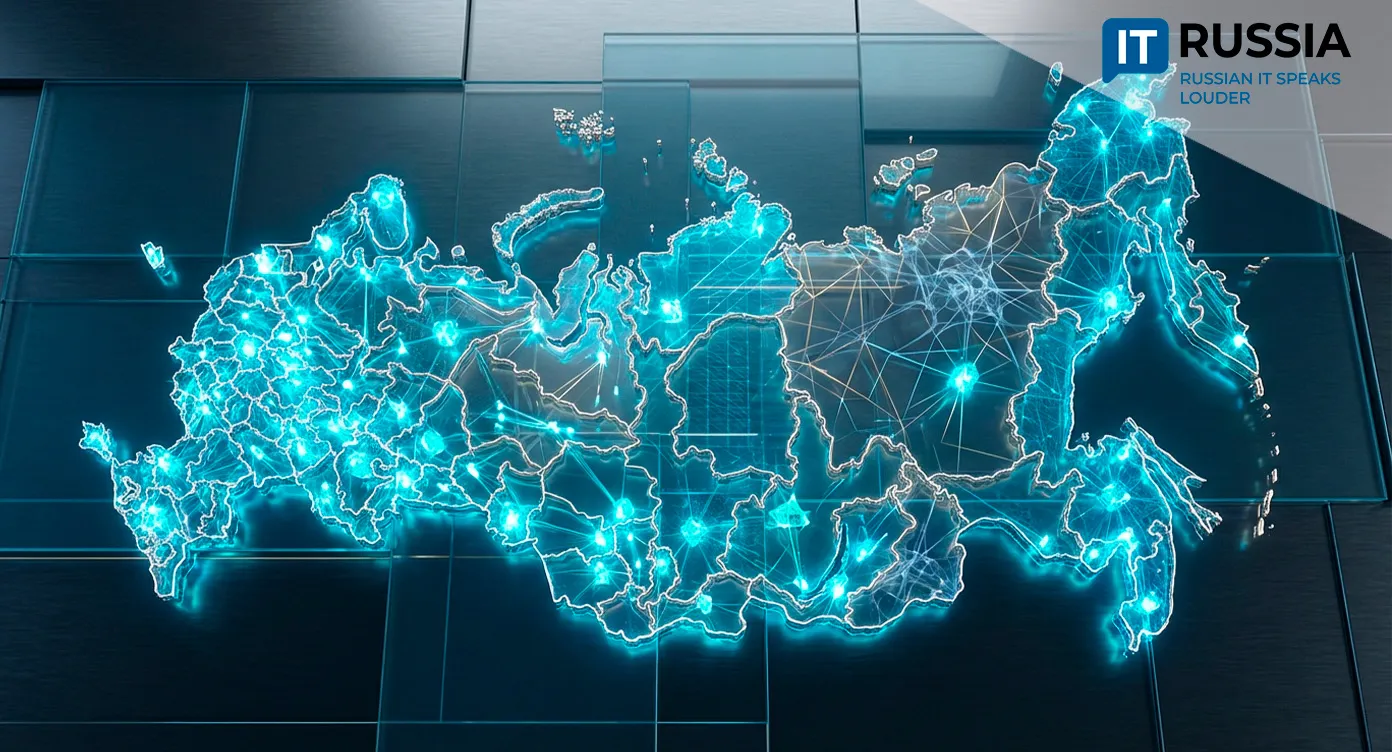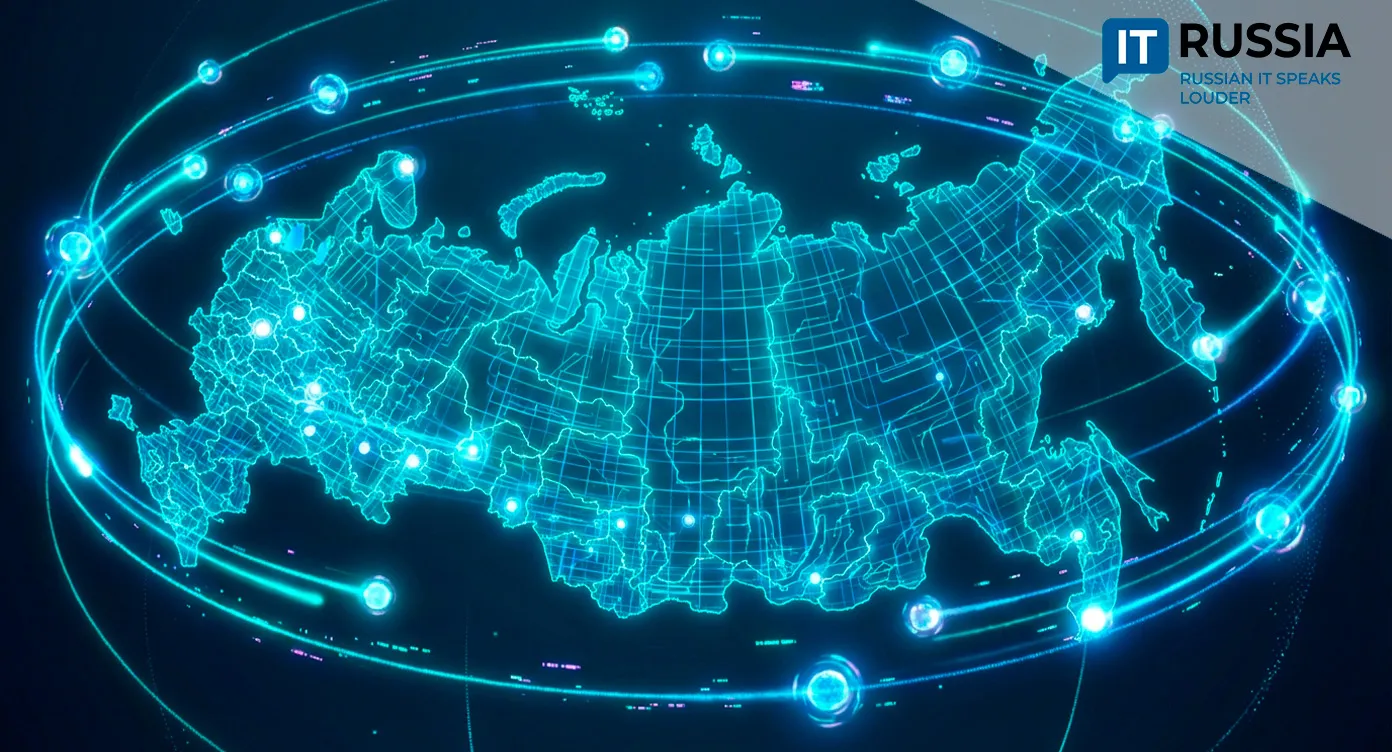Hard Hats Out, VR Headsets In: Russian Mining Industry Trains with Virtual Reality
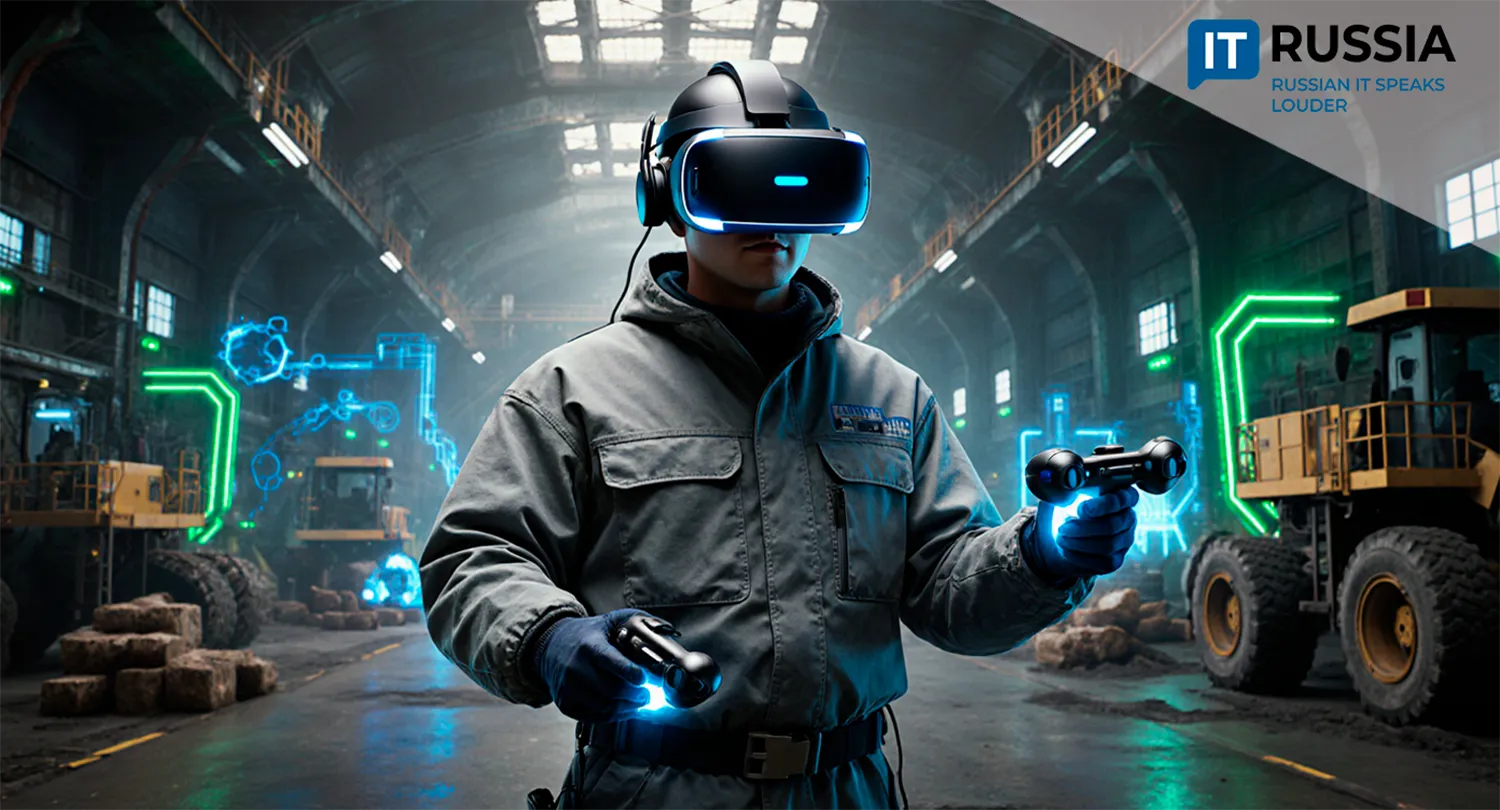
A new training technology for riggers at Russia’s Bystrinsky Mining and Processing Plant is set to dramatically improve industrial safety. Instead of standing under multi-ton loads, trainees face only a digital twin.
Raising the Stakes
The pilot program launched in July 2025 at Bystrinsky GOK introduces virtual reality into one of the mining sector’s most hazardous jobs. Currently limited to three sets of VR headsets, helmets, and joysticks, the initiative represents a major shift in how Russia prepares its industrial workforce.
A mistake in real-world load fastening or weight distribution can damage equipment or cost lives. The VR simulator allows workers to build muscle memory and automate critical routines without risk—or multimillion-dollar expenses for live drills.

Bystrinsky GOK is not alone. Across Russia, companies are adopting similar approaches: in Norilsk, crane operators train in virtual cabins; NLMK employs digital twins to launch new products faster and more safely.
Looking Through VR Goggles
While the hardware itself may have limited export potential—being tailored to Russian standards—the broader opportunity lies in exporting competencies. The same VR methodology could soon train welders, firefighters, and miners. The list of applications is nearly endless.
Russia is also investing in expanding VR content tailored to local industries and in creating competence centers equipped with full-scale VR training grounds. These hubs will prepare personnel for real-world mining and industrial challenges in a controlled digital environment.
Unlocking Full Potential
Gunpowder, invented in China a thousand years ago, was initially used only for fireworks. Its true potential revealed itself centuries later in engineering and defense.
VR is following a similar path. Once linked mainly to gaming and entertainment, it is now saving lives in the harshest industrial environments.

Bystrinsky GOK and its peers demonstrate that digitalization in Russia goes beyond 'digitizing paperwork.' It is about reshaping workplace culture—where virtual reality underpins real-world safety and efficiency.
The Digital Sandbox
This is an example of 'heavy digitalization,' transforming even the most conservative processes. Russian industry is no longer just 'buying hardware'; it is embedding complex software-driven solutions that deliver competitive advantages—safety, efficiency, and predictability.

Soon, domestic algorithms will train employees to drill safely, locate ore deposits, and operate multi-ton machinery. Digitalization in Russia has moved from abstract reports to VR helmets on the shop floor. IT is no longer a cost center—it is becoming a shield against risk and a growth driver for the entire sector.


